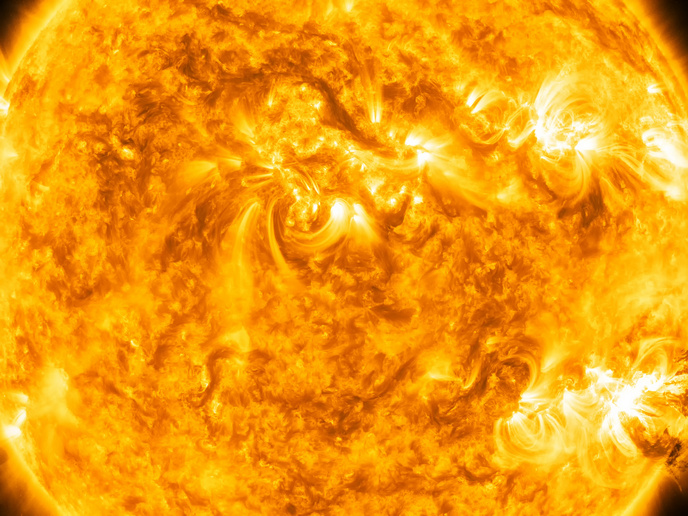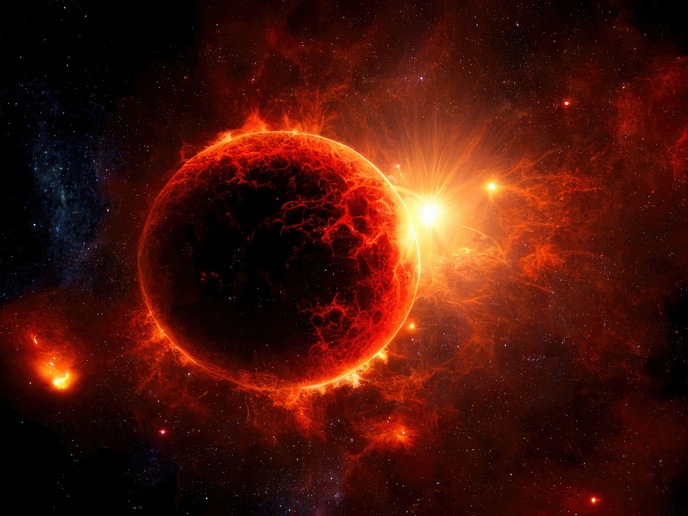Unravelling the secrets of solar wind
Stellar winds play a fundamental role in the long-term evolution of stars. They also have an impact on the habitability of their orbiting planets, including Earth. “While solar winds and storms are responsible for the beauty of the Aurora Borealis, they can also interfere with our satellite systems, electrical power lines, and radio transmissions,” says Alexis Rouillard, a CNRS(opens in new window) researcher at the Institute of Research in in Astrophysics and Planetology. But how stars produce this wind is a question that continues to stump astrophysics. Helping to answer this question is the EU-funded SLOW_SOURCE project(opens in new window). “By developing numerical models capable of describing the complex physical processes at play during the formation of the solar wind, we hoped to be able to explain the bulk properties and peculiar composition of the wind itself,” adds Rouillard, the project’s principal investigator. The project received support from the European Research Council(opens in new window) (ERC).
3D modelling of solar wind propagation
According to Rouillard, a key to predicting geomagnetic storms is to reliably predict the occurrence and magnitude of solar winds. “But to do this, you first need to accurately model the solar wind, which in turn requires having a better understanding of how the wind forms and expands from the sun to Earth” he explains. To be able to go back to this point of formation, the project developed different models to simulate the acceleration and propagation of the wind. One model is Heliocast(opens in new window), an innovative 3D model of solar wind propagation through the interplanetary medium. Project researchers also put into place new techniques to exploit coronal imagery and define the inner boundary conditions to Heliocast. “This imagery-based wind initialisation technique provides operational forecasts 24/7,” notes Rouillard.
Solar wind more dynamic than previously thought
With model and techniques in hand, researchers made some important discoveries, including the first self-consistent theoretical explanation for the origin of transient structures, localised disturbances that disrupt the otherwise steady flow of plasma and magnetic field released from the sun. “We provided a complete theoretical description of the cyclic phenomenon, showing the sequence of processes involving the expansion of solar magnetic loops and the subsequent reconnection processes that trigger jets and flux ropes launched with the wind,” remarks Rouillard. This finding helped explain the first measurements of the solar corona obtained by the Parker Solar Probe(opens in new window), from which scientists revealed that solar wind is much more dynamic than previously thought.
An incredible adventure at the heart of the solar atmosphere
Beyond its scientific discoveries, the project also delivered a multitude of new data analysis techniques and numerical models to the scientific community. In fact, the European Space Agency(opens in new window)’s (ESA) Space Weather Service(opens in new window) is already leveraging these models to predict solar wind and storms. Furthermore, the models are currently being interfaced with Europe’s Virtual Space Weather Modelling Centre(opens in new window). “The project has been an incredible adventure at the heart of the solar atmosphere,” concludes Rouillard. “By unveiling the full complexity and true dynamics of this stellar phenomenon, our discoveries are helping to rewrite the solar wind story.” The project has published over 25 articles(opens in new window) in leading scientific journals. Rouillard also hopes to further use the SLOW_SOURCE models and tools to further study other stellar atmospheres.







